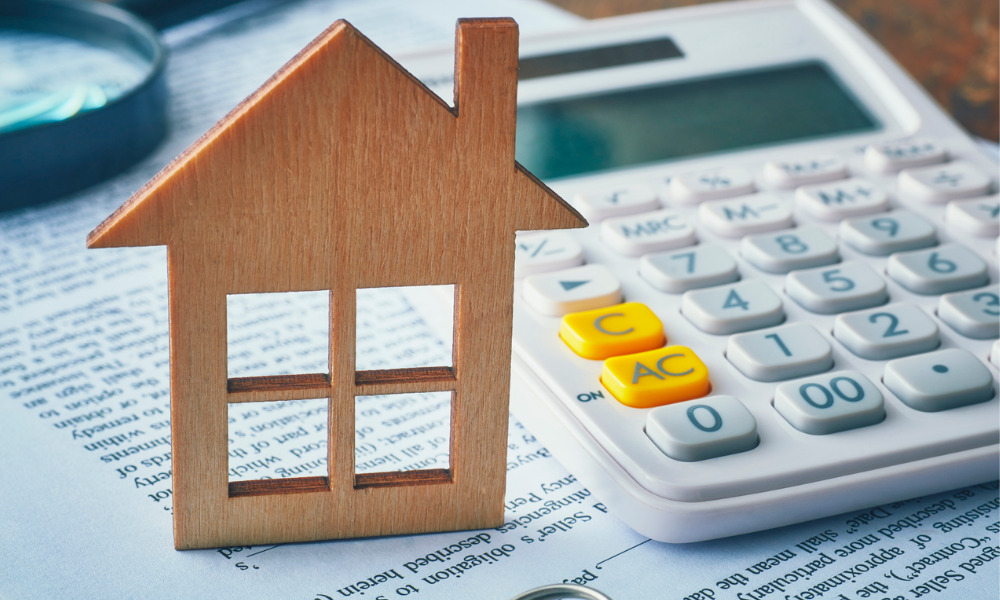National median home prices hit new high

Before we get too deep into all things 2022, let’s assess where the New Zealand property market stands now. According to the Real Estate Institute of New Zealand’s (REINZ) latest House Price Index (HPI), November 2021 saw property prices climb further, but also showed early signs suggesting that growth will ease moderately in the coming months.
The report showed that median home prices across the country increased by 23.8% from $747,000 in November 2020 to $925,000 in November 2021 — a new high. Meanwhile, the median house prices for New Zealand, excluding Auckland, increased by 26.0% from $615,000 in November 2020 to a new record of $775,000 last month.
Of the 24 territorial authorities (TAs) with record median prices, a quarter were in Auckland. In addition, all seven Auckland districts showed an annual median price increase, and six reached median highs, with only the Franklin District bucking the trend. Elsewhere, Taranaki and Wellington were the only regions that did not reach new highs on the index.
Focusing on monthly increases, the report noted a 3.7% increase in median prices across New Zealand in November and 3.2% for New Zealand excluding Auckland.
Read more: Red-hot housing market has finally come off the boil, according to mortgage lender
Even though house prices increased in November, REINZ’s report noted signs of easing, which aligned with the results of Bluestone Home Loans’ (Bluestone) recently launched New Zealand Property Cycle Indicator.
The indicator revealed a sharp decline in property market activity in the September 2021 quarter after two strong years. Auckland led the decline after an 18-month boom, with its share of new lending dropping to 41.1% in September, below the average of 47%.
Tim Kearins, owner of Century 21 New Zealand (Century 21), said the easing of growth rates might be a good sign for Kiwis to take action.
“Interest rate rises are yet to put buyers off. Rather, they’re motivating them to get in sooner rather than later. People can either buy and set their interest rate at say 4.5% or wait and possibly pay 6% down the track. That would mean 33.3% more in interest repayments,” Kearins said.
“We may be moving to a more sustainable place when it comes to price increases, but a lack of supply, high demand, and relatively low-interest rates will continue for some time. We’re also looking forward to a post-lockdown activity lift this summer as more people get out and about and make decisions.”



